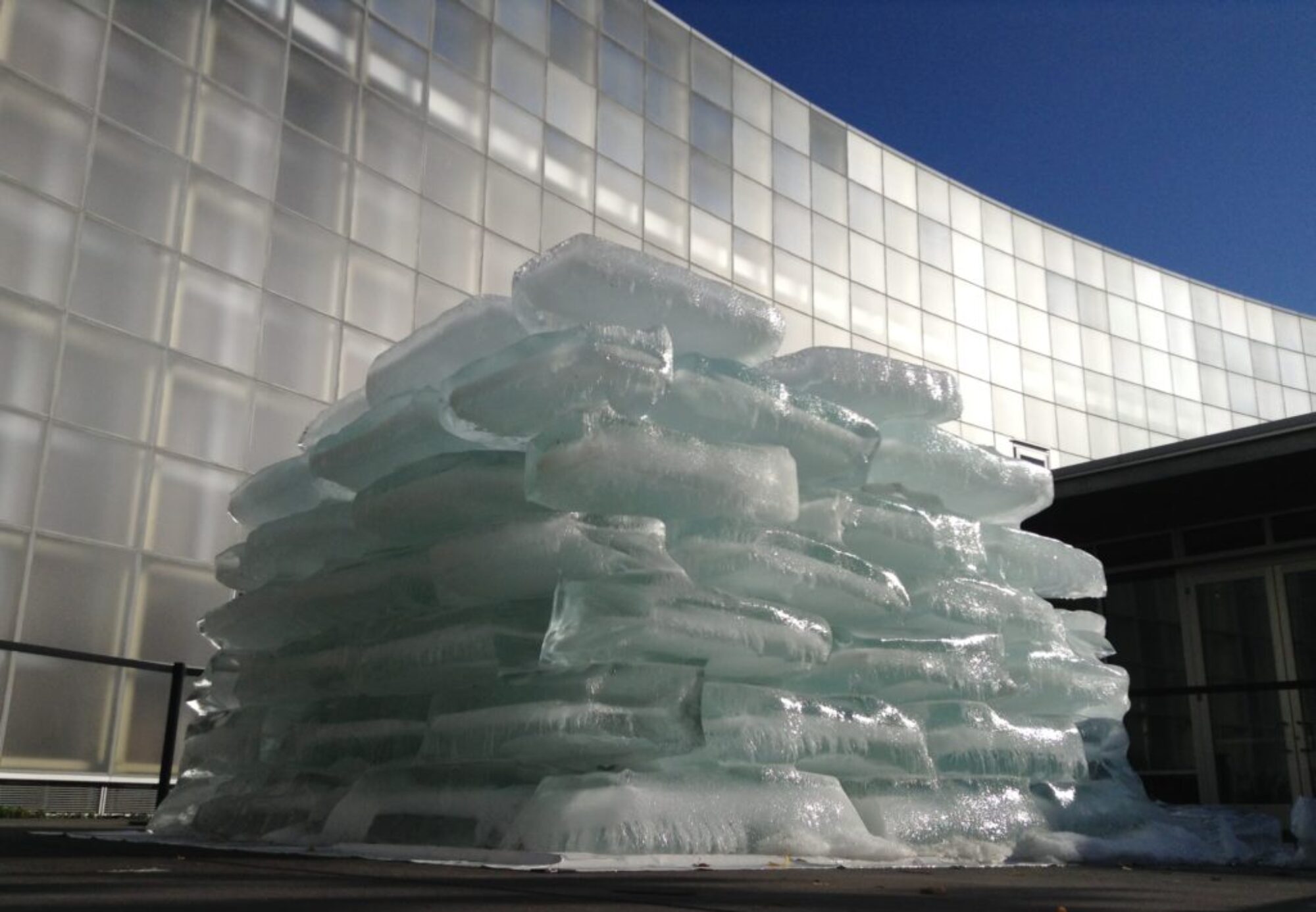In 2009 Jyoti moved to Bellingham, Washington, creating art that reflects his explorations of the Pacific Northwest landscape. In a studio facing the snow-capped, Canadian Coast mountains, which were compared to the Himalayas by early explorers, he has found new materials and inspirations, including Northwest aboriginal cultures. Jyoti’s recent paintings and sculptures integrate earth colors gathered across the border in British Columbia with recycled sanding belts marked by the trees of Pacific Northwest forests.
By stretching and folding used sanding belts given to him by Whatcom and Skagit wood workers, Jyoti transforms discarded industrial objects into paintings, curving wall reliefs, and three-dimensional sculptures. The surfaces are defined by a mixture of media, including earth, turmeric, beeswax, and resin wood. Jyoti often accentuates his work with shilajit, a jet black, tar-like substance, tapped from Himalayan rock crevices. Best known for its healing prosperities in the practice of Ayurveda medicine, it boldly animates the artist’s meditative and mysterious writing.
These works coincide with the artist’s most recent installations that continue his exploration of climate change. For the traveling exhibition, Vanishing Ice: Alpine and Polar Landscapes in Art (2013-2018), Jyoti was commissioned to create “Melting Ice,” which he constructed by configuring frozen blocks into a monolithic cube embedded with glowing LEDs. Reminiscent of the majestic, morphing shapes of disappearing glaciers and icebergs, the sculptures gradually succumbed to the surrounding warm air. Its lifespan depended on the vagaries of the weather where it was installed. At the McMichael Canadian Art Collection and the Weisman Art Museum, the work endured over three months, but lasted just four weeks at the Whatcom Museum in Bellingham. It vanished after only a few, brief days at the El Paso Museum of Art.
Jyoti continues to work in a variety of media simultaneously. While his art traces a personal journey, it also calls attention to both nature’s beauty and the precarious relationship between humans and the environment. What guides his art is the belief in the potential of creativity to catalyze positive change.
Barbara Matilsky
Art Historian & Curator









